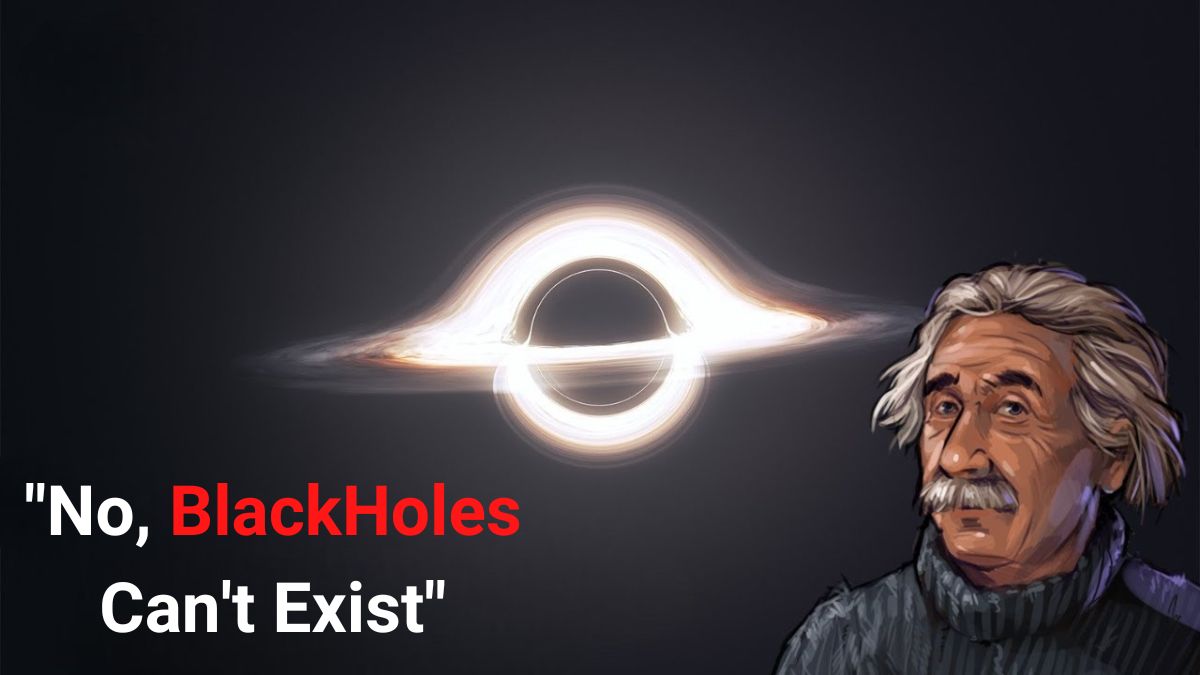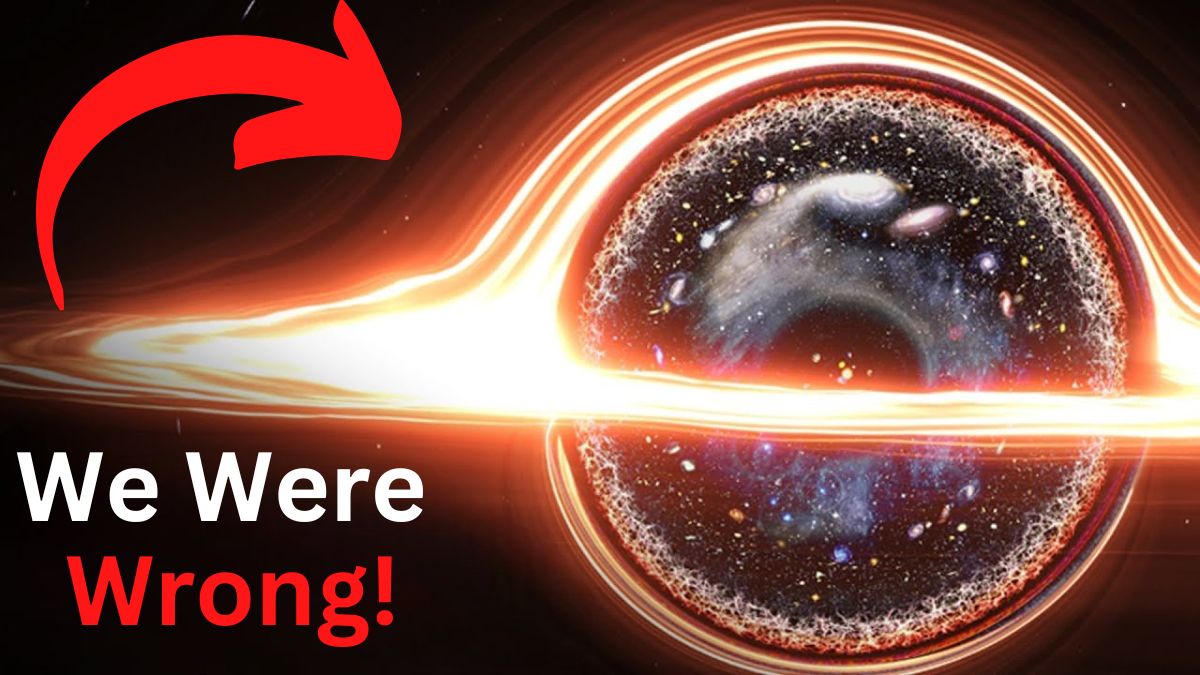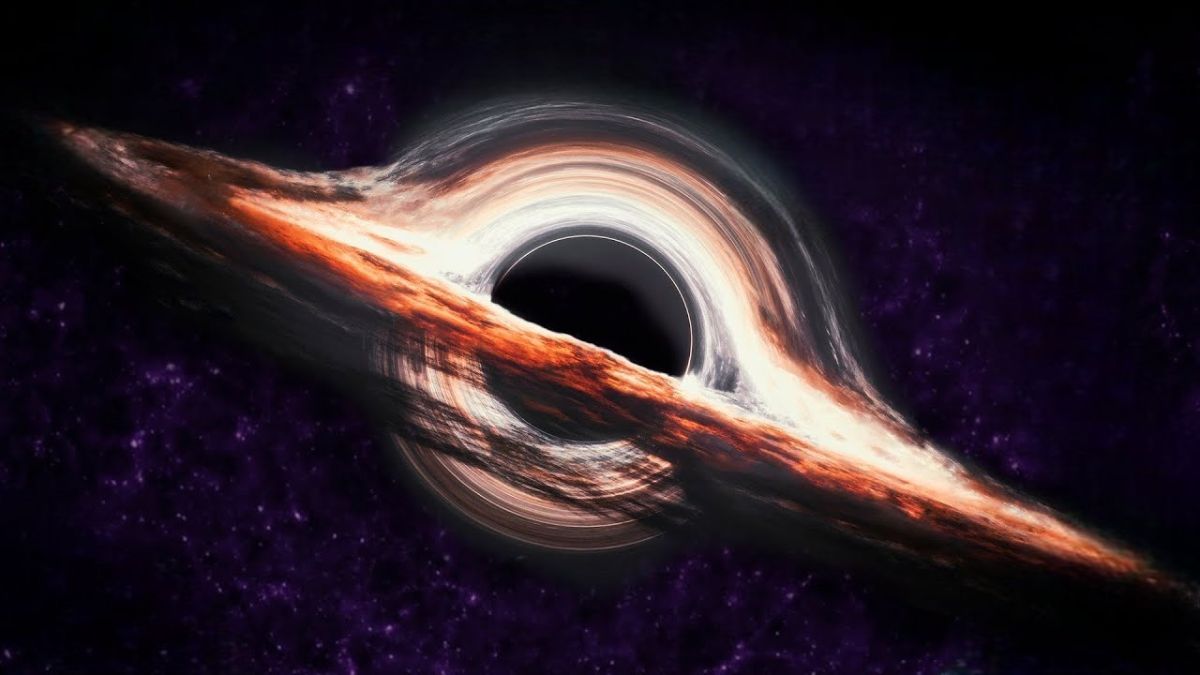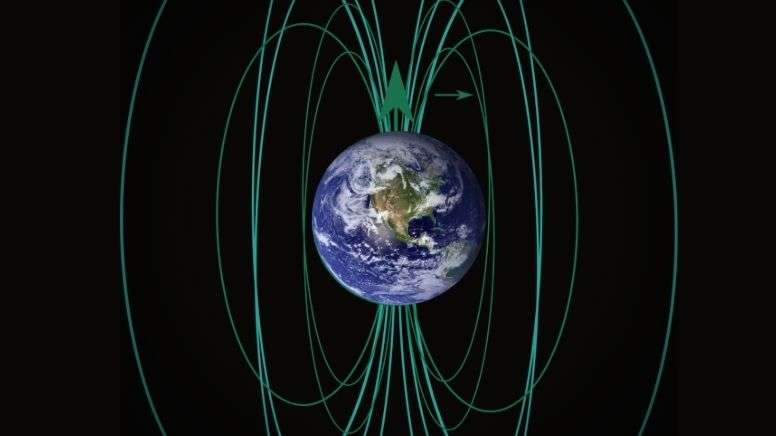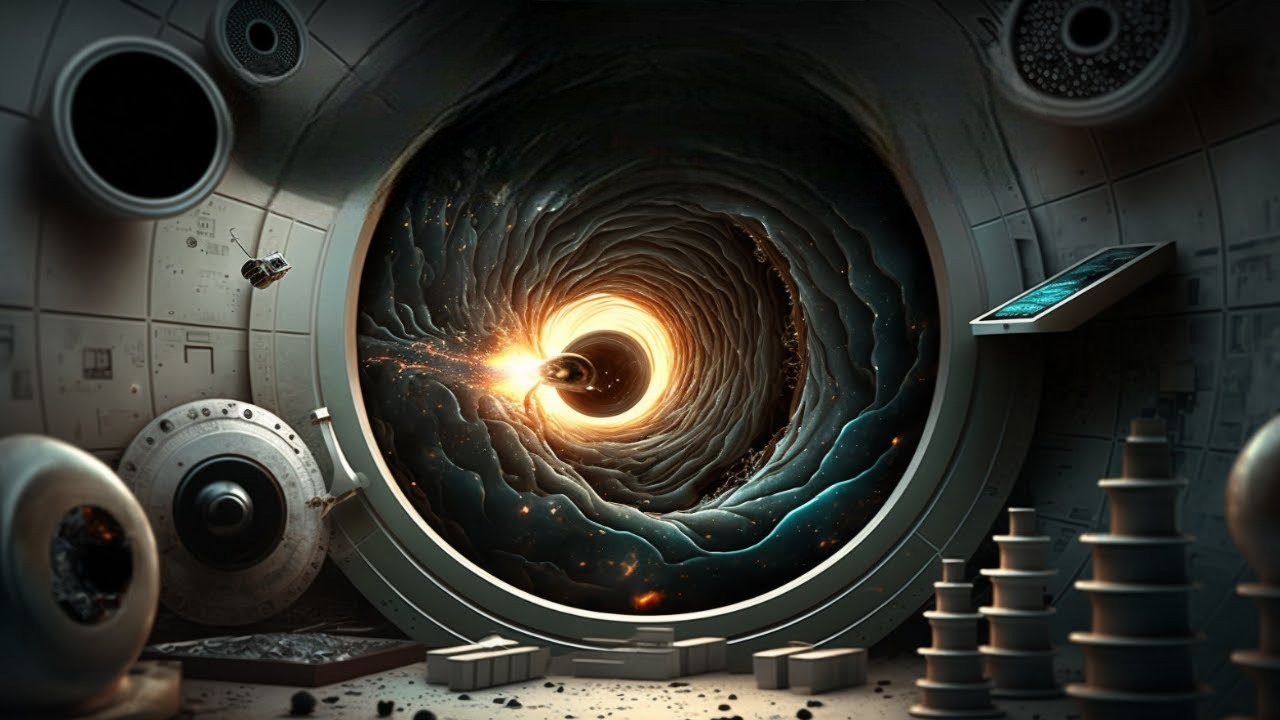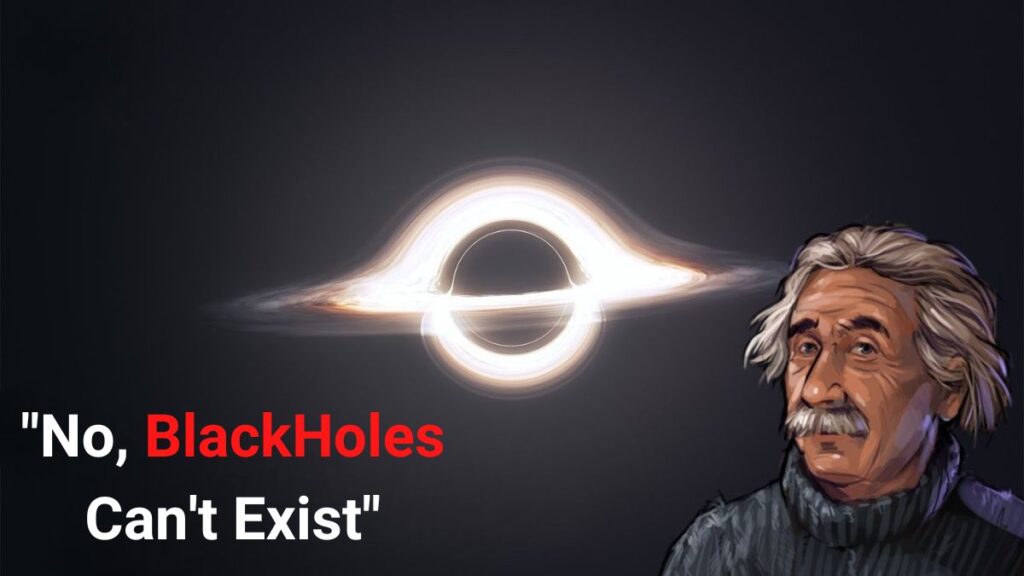
Although Albert Einstein is regarded as one of the world’s greatest scientists, he was also a human being who made mistakes.
In his scientific career, here are five of Albert Einstein’s biggest mistakes.
1. BlackHoles
Despite the fact that the concept of black holes stems from his general theory of relativity, Albert Einstein rejected the existence of black holes.
Einstein’s theory of general relativity shifted the course of physics.
As Newton proposed in the 17th century, the theory describes gravity as a curvature in the fabric of space and time rather than a force.
Einstein came up with the field equations that link the distribution of matter in space-time to the geometry of space-time through general relativity.
However, a German physicist by the name of Karl Schwarzschild discovered something odd within those equations.
He was the first to precisely solve the field equations, which described the gravitational field around a spherical mass that did not rotate.
He discovered that there is a radius for a given mass at which no known force or degeneracy pressure could stop it from continuing to collapse into a “hole,” also known as a gravitational singularity or, later, a black hole, even if the mass could be compressed to fit within that radius.
As a result, at a gravitational singularity into which even light would unavoidably fall, space-time would collapse dramatically.
In 1930, the Indian astrophysicist s. Chandrashekar () discovered that a star’s core would collapse into a black hole if its mass exceeded a certain limit, known as the chandrashekar limit.
However, Einstein was unable to comprehend this concept of a gravitational singularity.
Thusly, in 1939, einstein distributed a paper in which he dismissed the idea of dark openings by making different suspicions that were subsequently discredited.
Schwarzschild singularities do not exist in physical reality,” he stated in his paper.
“However, we now have images of two supermassive black holes that confirm our current understanding of these objects, in addition to a lot of indirect evidence of their existence.
This indicates that Einstein was incorrect when he predicted the existence of black holes and that such exotic objects do exist in the universe.
2. The Biggest Blunder
Einstein and numerous astronomers held the view that the universe was static at the beginning of the 20th century.
But his general theory of relativity did not agree with this idea.
His equations, on the other hand, predicted a dynamic universe.
Thus, in 1917, Einstein added the cosmological constant as a new term to the field equations in order to conform to the prevalent viewpoints.
The assumption of a static universe had no effect on Einstein’s math in general relativity or other terms in the field equations thanks to this constant.
However, Einstein continued with his original concept of a dynamic, expanding universe a decade later when Edwin Hubble discovered that the universe is expanding by studying the velocity and distance relationship of galaxies outside the Milky Way.
Einstein later referred to the creation of the cosmological constant as the “biggest blunder” of his life in a conversation with George Gamow.
However, it is now common knowledge that the universe is not only expanding, but also expanding at a faster rate.
Dark energy, which upsets gravity and upsets its balance, accelerates expansion in modern cosmology, is now referred to as the cosmological constant.
3. Quantum Mechanics
Newtonian gravity, general relativity, and electrodynamics are all examples of classical physics that can be relied upon with complete confidence.
For instance, in Newtonian physics, if you know a particle’s position over time, you can use simple laws of motion to accurately determine its velocity, acceleration, momentum, and energy.
Be that as it may, quantum mechanics, the investigation of the movement and communication of subatomic particles, depends on the probabilistic idea of particles.
According to quantum theories, it is not possible to arrive at a definitive conclusion but rather to compute the probabilities of an event occurring.
One of the founders of the old quantum theory, which was based on findings from the first 25 years of the previous century, was Albert Einstein.
Because of his discovery of the law of the photoelectric effect, he was awarded the physics nobel prize in 1921.
However, Einstein never found the new quantum theory to be convincing.
The uncertainty principle, Schrodinger’s cat thought experiment, and born’s rule of probabilistic interpretation of a quantum system all made quantum mechanics appear bizarre.
He thought there might be a better way to work in the subatomic world and was never impressed by these new quantum theory principles.
In a letter to max conceived, he once stated, “god doesn’t play dice with the universe,” suggesting his refusal of the irregularity presented by quantum mechanics.
Quantum theory today, on the other hand, is founded on these intricate tenets.
We have created electronic devices that employ quantum mechanics in their current form, created quantum computers, and achieved quantum teleportation.
4. Gravitational Waves
Einstein’s theory of general relativity is directly responsible for the formation of gravitational waves.
They are the ripples in space-time caused by massive, accelerating objects in a binary orbit, like neutron stars and black holes.
Although they are the result of general relativity, Einstein was skeptical of their existence and thought it was impossible to detect them, just as he was skeptical of the existence of black holes.
In 1936, he even submitted a paper demonstrating the absence of gravitational waves, but it was rejected due to a possible error.
In 1974, their indirect observation of the behavior of binary pulsars, which was consistent with the prediction of general relativity provided the first evidence of their existence.
When LIGO detected these waves, which were produced by two black holes and 1 colliding, direct evidence of their existence was obtained in September 2015.
It’s three billion light years away.
5. Theory of Everything
Einstein was never able to develop the theory of everything, so we cannot consider this one a mistake.
Modern physics’ holy grail is the theory of everything.
The idea that nature is governed by a single theory at all levels inspires it.
This concept asserts that the strong force, the electromagnetic force, the gravitational force, and the weak forces are all one.
This unified theory was the focus of Albert Einstein’s final 30 years of work.
He was particularly interested in developing a theory that combined electromagnetism and gravity.
Because he was always dissatisfied with the randomness and unpredictability of quantum mechanics, he thought that the unified theory had to include quantum mechanics as a result.
Instead of following his physical sense, which had led him to his significant discoveries in his youth, he became more interested in mathematical arguments.
However, Einstein never gave up on his quest for the ultimate goal.
Even when he was dying, he kept working.
Einstein emphasized unification as the ultimate objective of physics, despite the fact that his work on unified theory did not result in anything.
He continues to be a source of inspiration for a lot of scientists, many of whom have worked their entire careers to develop the theory of everything.
Einstein’s extraordinary physics achievements and contributions to our understanding of the universe can be outweighed by no number of errors.
He was only human when he made these mistakes, and he was right when he said, “A person who has never made a mistake has never tried anything new.”
His work has enlivened numerous ages to take up physical science and have an effect.
Even though he made mistakes, he didn’t give up on physics until he died, which shows how smart he was.
Explore:

